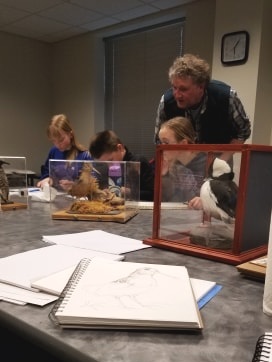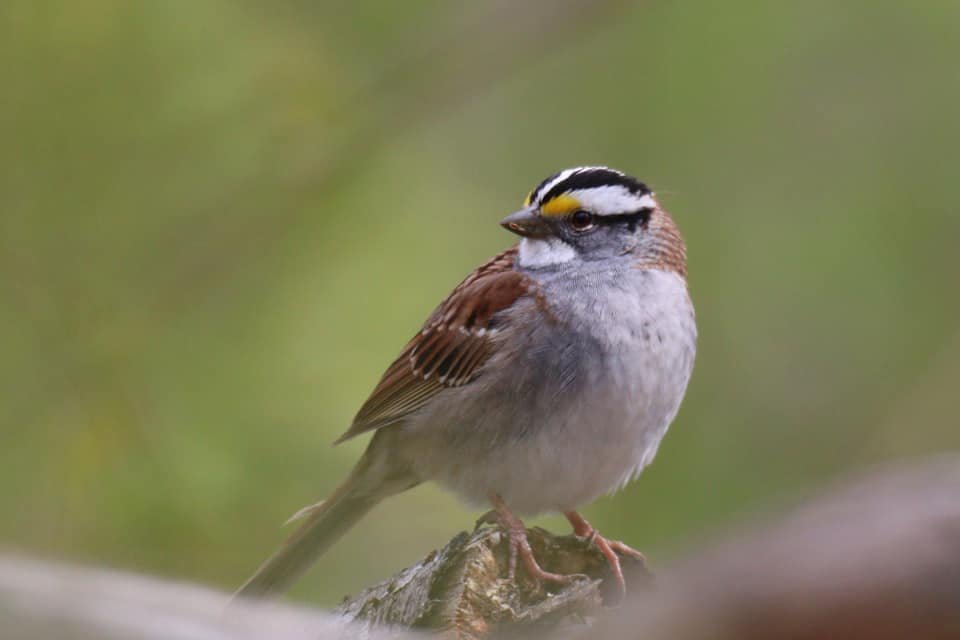by Marion Sprague
MYBC ushered out 2022 by taking part in the Annual Christmas Bird Count for the Biddeford/Kennebunk CBC. MYBC covered the Old Orchard Beach part of section 1 with 3 young birders and 3 adult birders. The weather was balmy and warm throughout the day and made strolling along the beach and neighborhoods quite pleasant. A far cry from the bitter rain the team faced last year!
We met at the Old Orchard Beach Pier where we picked up Sharp-shinned Hawk. We got quick looks at it zoomed past, but enough to pick to see the long tail, small stature, and buffy chest to confirm our id. We then proceeded to bird along the beach. We picked up several species including Common Loon, Long-tailed Ducks, and Black scoters and 2 Horned Grebes. We were hoping to pick up a flock of Sanderlings this year, as we have in the past, but had no such luck. Though, we did get a flock of over 20 Canada Geese (a species we usually see, but missed in the prior year’s count).
We then moved to the Ocean Park Memorial Bandstand and walked the neighborhood picking up our first Black-capped Chickadees and White-breasted Nuthatches. Our journey next brought us to the marsh at Goosefare Brook where we picked up several American Crows, Dark-eyed Juncos, Northern Cardinals, and an active flock of Eastern Bluebirds. We also got our first Red-breasted Mergansers. The highlights of the trip were a diving Belted Kingfisher that entertained us as we arrived, followed by a Red-Tailed Hawk perched in the sun across the marsh.
Our final stop as a group before disbanding for the day was Guild Park. Here we picked up Red-breasted Nutchatch and our only woodpecker of the day, a Downy Woodpecker in the swamp at the head of the trail.
In total we counted 30 different species—2 up from the previous year. MYBC had a lot of fun and can’t wait to participate next year!
The official results for the overall Biddeford/Kennebunkport CBC are still being tallied.
Hope to see you at our next outing!
View our eBird Checklists here:
Old Orchard Beach: https://ebird.org/me/checklist/S124959557
Ocean Park Memorial Bandstand (and neighborhood): https://ebird.org/me/checklist/S124961569
Goosefare Brook: https://ebird.org/me/checklist/S124965924
Guild Park: https://ebird.org/me/checklist/S124969320






























































































































































































